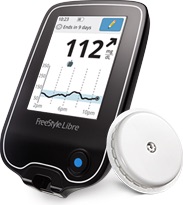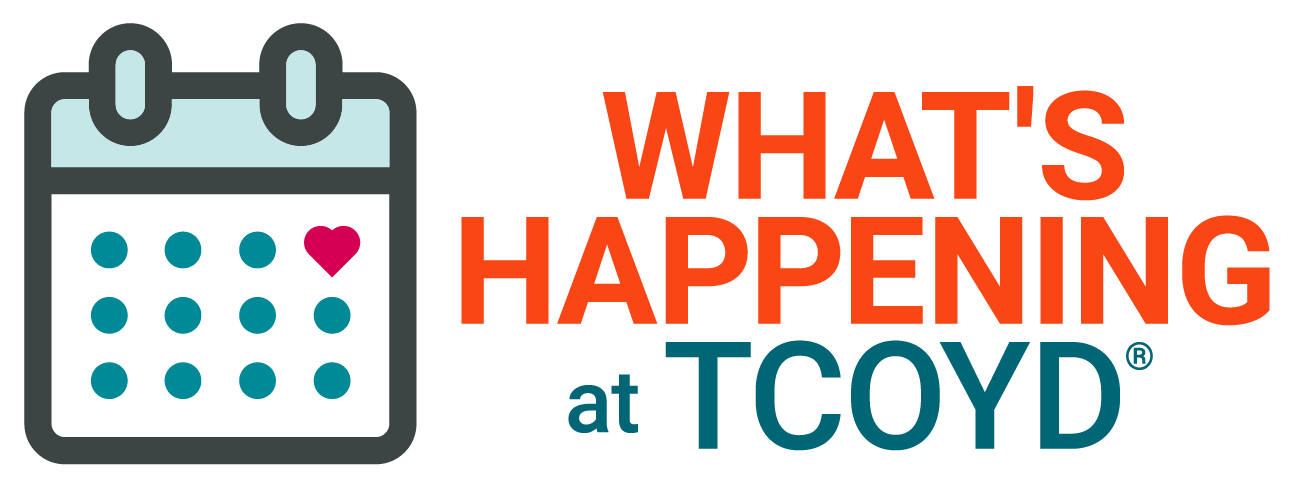
When I was first diagnosed with type 2 diabetes about 30 years ago, I was overloaded at work and in the process of building a complicated house, so there was an enormous amount of stress in my life. I was working 8-12 hour days (including most Saturdays) and my only hobbies were food and travel. After getting the diabetes news, all I could think was: Oh no, I’m going to become a human pincushion.
I was a jock when I was younger, but after I graduated from college and joined the workforce, I gave up sports and exercise. Even after my diagnosis as an adult I had no interest in getting my body back into shape. I was unwilling to forego delicious (and mostly fattening) foods, so the only way I could stay on course was constant blood sugar monitoring and being diligent about taking my meds.
But every time I pricked myself, which was at least 10-15 times a day, I would wince in anticipation. I don’t have to tell you – it hurts, damn it!
Gradually I tested less and less and my numbers went up and up. I continued to tell myself I could self-monitor no problem, but that was just not the case. My aversion to sticking myself got so bad I couldn’t even do it once a week, so for a long period of time I only checked my blood sugars once a month.
Then I met Dr. Steve Edelman, and if it weren’t from the inspiration I received from him and my other doctor Paul Gamble (both of whom I wanted to make proud) my diabetes would have gotten completely out of control. They listened intently to what I had to say, they weren’t critical if I was non-compliant, and they were encouraging and not judgmental. Most importantly, they seemed to really care about me as a person and not just a patient. As a result, I strived to please them and I started to exercise and watch what I was eating. I was making improvements, but even still my numbers weren’t great.
About two months ago, Dr. Edelman persuaded me to try the Freestyle Libre Continuous Glucose Monitor (CGM).

The Libre is made up of two parts: a sensor and a sensor reader. Once the sensor is inserted on your arm (and if I can do it, you can do it!) it takes 12 hours to warm up, and then all you have to do is wave the reader over the sensor and it displays your real-time blood sugar and trend arrows. It doesn’t need calibration, so you know what that means…no more finger sticks! It’s also water resistant and you can wear it for up to 10 days.
So once again I was back to my old ways of being the “Blood Sugar Testing King”, giving my arm a swipe every hour or so, and for the first time in a long time I had a really good idea of how my mental status, physical activities, and food consumption affected my body.
When I was an athlete I was very competitive, but when I stopped playing sports my competitive side turned inward. Now that I’m on the Libre, testing my blood sugar is a contest for me to see how I can stabilize my sugars and keep them down. If I see a high number, I immediately try to fix it by watching what I eat and/or doing some type of moderate exercise. Suddenly I have an “open challenge” – me against the machine – and I don’t like to lose. I love this device and it’s helped me manage my diabetes better than ever. Rome wasn’t built in a day and I know it will take time for more progress, but this device was a game changer for me, and I’ll bet it will be for you too.
The only challenge I’ve had has been with insurance coverage. My diabetes regimen does not include insulin so I’m having a difficult time with Medicare and my supplemental insurance carrier, but I’m doing my part as an advocate and I’m hopeful it will work out. I don’t understand how insurers can have their heads in the sand when they have such an excellent tool at their disposal to assist in the reduction of complications from diabetes. Personally I think everyone with diabetes should have a CGM, and we just have to make our insurance carriers come to the table.

Ed, I know exactly what you are talking about. I too, got a Freestyle Libre about 3 months ago and am head over heels in love. I have learned things about how foods affect my glucose levels I would have never known before. Even that I can eat some things at different times of the day and get completely different results. Mine is either in my pocket, purse or on the table where I can just walk by and check my numbers. I do child care so my life can be very hectic. Lucky for me Medicare and my supplemental pay for all the costs so I am very blessed.
Good luck with your numbers and happy testing.
Hi Karen,
We’re so glad the Libre is working well for you too! It’s so nice to have these options that can help make diabetes management a little easier. 🙂
Thanks Karen. My reader fell between one of the seats in our car and was missing overnight. It was not about the replacement cost, it was about it not being easily assessable for me to check my BS and as you can imagine, I was very upset until I found it.
The only concern I have is the cost of the sensors and the fact that it has to be changed every 10 days. The sensor is great for traveling.
Yes, that’s true, and some people opt to only wear the sensor for 10 days out of the month, while others wear it 24/7.
I’ve been using a Dexcom for three months now, but the challenge of me against the machine is the same. I’ll get my official A1c next week but I’m expecting it to have gone down. Still have a lot to learn and manage better. I’d also like to thank Dr. Edelman as I learned about the CGM at the TCOYD conference in September in St. Louis!
We’re glad you were able to make it to the conference, Richard! Hope you get great results next week!
Needs to be made available for type II diabetics, I would greatly benefit.
The Libre is actually designed for people with type 2 diabetes primarily, but people with type 1 diabetes are also using it.
I am interested! How does one get the Libre and how expensive is it? I’d like to learn more!
You need a prescription for the Libre, but you can take it to a local pharmacy (typically CVS). Your insurance may or may not pay for it, but in general, the scanner (which is a one-time charge) is approximately $100 and each sensor (which lasts 10 days) is $50. Lastly, if you’re on insulin and have Medicare, Medicare may cover the cost.
I have been checking on these since last fall when I learned about it at the conference in missoula. Wish I could afford it. My insurance won’t pay for it.
I just started using the Libre and it is a wonderful tool. After 25 days of use my doctor and I are seeing trends in my blood glucose profiles. By checking my interstial glucose with infrequent blood glucose readings (which has been averaging a 7 to 16 mg difference) my confidence in my Libre IG readings is high. Can’t wait until they come out with the Bluetooth version
That’s great Randle! Glad to hear it’s working so well for you!
I started the Libre as well, about two months ago. Walmart charged $87 for the reader and $40 for the sensors. In the beginning I thought I’ll use the sensor once a month, to keep costs down, but now realizing how it has changed my life, no finger pricking, checking as many times as I need, knowing how food, exercise and fasting affect me, I’ve used it everyday since the start.
I have lost the reader a few times, and found it, just like losing my keys. I found bluetooth trackers on line that could stick to the reader for those times, and think it might be worth the investment.
What a great idea Carol! Thanks for the tip on Bluetooth trackers, and we’re happy the Libre is working well for you!